CP QUESTIONS
Jul 1, 2018 09:32:46 #
CWW
Loc: North Jersey
Greetings, My questions for today are: How effective is a CP on a 70-300 lens for beach photography (sunrise/sunset)? Is there a work-around using the hood with the CP? (I've read some product reviews claiming it is difficult to use a lens hood with a CP filter). Will the CP reduce lens flare during sun rise/ sunset shots. Any other tips you pass along are greatly appreciated. Currently looking at Break Through Photography product. I don't mind spending more for a product that is effective, reliable and durable.
Thank you!
Thank you!
Jul 1, 2018 09:45:12 #
I use a CP with a lens hood on my 28-300's. One does have to learn how to move the CP from the top instead of from the side, but that's an easy trick. Other than that, I've had no problems.
Jul 1, 2018 09:50:19 #
bpulv
Loc: Buena Park, CA
AzPicLady wrote:
I use a CP with a lens hood on my 28-300's. One does have to learn how to move the CP from the top instead of from the side, but that's an easy trick. Other than that, I've had no problems.
Put your camera on a tripod, adjust the CP filter, then attach the hood (I assume you are using a bayonet lens hood and a screw in CP filter).
Jul 1, 2018 09:54:03 #
CWW wrote:
Greetings, My questions for today are: How effecti... (show quote)
I'm not sure how effective a CP filter would be for sunrise/sunset pictures since you will be shooting in the general direction of the sun and a CP filter works best the closer you ge to 90 degrees.
Using a CP filter with a lens hood can be difficult, but one solution is a lens hood that screws in to the filter threads. That way you turn the filter by turning the hood.
Jul 1, 2018 09:56:19 #
CanonTom
Loc: Birmingham
CWW wrote:
Greetings, My questions for today are: How effecti... (show quote)
I use a Breakthrough on a 70-300 L IS USM with hood for beach shooting...... Works great for me. Now a CPL works best 90 degrees from the sun so perhaps the shots you are emphasizing would not benefit as much... Why not just try it and see? I see that you are considering the filter so I assume you do not have it to try at this time. You can purchase it and return it if not satisfied, so you have no risk other than damaging the filter while trying.......just be careful. Regarding the hood, I assume you are wondering about being able to rotate the filter for max effect as to polarization when the hood is attached. I simply determine where I want my CPL adjusted and then attach the hood.
Those who purchase a filter for their largest diameter lens and use step rings to attach the filter to smaller lenses will probably not be able to do this easily unless they purchase a new hood large enough to accommodate the larger filter.....I looked into that, tried the rings first, decided that the cost of the rings (more expensive brass rings do not stick to the filters nearly as easily, a big plus), plus the cost of a quality replacement hood for each smaller lens was significant, so I returned the rings, etc. and just purchased a CPL for each lens. Hope this helps.
Jul 1, 2018 10:48:07 #
bpulv
Loc: Buena Park, CA
Mac wrote:
I'm not sure how effective a CP filter would be for sunrise/sunset pictures since you will be shooting in the general direction of the sun and a CP filter works best the closer you ge to 90 degrees.
Using a CP filter with a lens hood can be difficult, but one solution is a lens hood that screws in to the filter threads. That way you turn the filter by turning the hood.
Using a CP filter with a lens hood can be difficult, but one solution is a lens hood that screws in to the filter threads. That way you turn the filter by turning the hood.
You are assuming that he is shooting into the sun. Some of the best sunrise/sunset pictures are taken pointing away from the sun and using the golden hour light on the subject.
Jul 1, 2018 11:14:38 #
I bought a hood (rubber) that screws onto my CPL filter. I just turn the hood and avoid possibly touching the filter. Most rubber hoods have 2 or 3 positions so you can avoid vignetting.
Jul 1, 2018 12:18:09 #
bpulv wrote:
You are assuming that he is shooting into the sun. Some of the best sunrise/sunset pictures are taken pointing away from the sun and using the golden hour light on the subject.
Not necessarily into the sun, but you're right that I'm assuming that he will be shooting in the general direction of the sun. I pretty said exactly that in my post.
Jul 1, 2018 12:55:42 #
CWW
Loc: North Jersey
AzPicLady wrote:
I use a CP with a lens hood on my 28-300's. One does have to learn how to move the CP from the top instead of from the side, but that's an easy trick. Other than that, I've had no problems.
Thanks for your response.
Jul 1, 2018 12:56:58 #
CWW
Loc: North Jersey
bpulv wrote:
Put your camera on a tripod, adjust the CP filter, then attach the hood (I assume you are using a bayonet lens hood and a screw in CP filter).
Thanks for your response,
Jul 1, 2018 12:58:08 #
CWW
Loc: North Jersey
Mac wrote:
I'm not sure how effective a CP filter would be for sunrise/sunset pictures since you will be shooting in the general direction of the sun and a CP filter works best the closer you ge to 90 degrees.
Using a CP filter with a lens hood can be difficult, but one solution is a lens hood that screws in to the filter threads. That way you turn the filter by turning the hood.
Using a CP filter with a lens hood can be difficult, but one solution is a lens hood that screws in to the filter threads. That way you turn the filter by turning the hood.
Thanks for your response.
Jul 1, 2018 12:59:29 #
CWW
Loc: North Jersey
CanonTom wrote:
I use a Breakthrough on a 70-300 L IS USM with hoo... (show quote)
Thanks for your response.
Jul 1, 2018 13:00:04 #
CWW
Loc: North Jersey
bpulv wrote:
You are assuming that he is shooting into the sun. Some of the best sunrise/sunset pictures are taken pointing away from the sun and using the golden hour light on the subject.
Thanks for your response.
Jul 1, 2018 13:00:57 #
CWW
Loc: North Jersey
ecobin wrote:
I bought a hood (rubber) that screws onto my CPL filter. I just turn the hood and avoid possibly touching the filter. Most rubber hoods have 2 or 3 positions so you can avoid vignetting.
Thanks for your response.
Jul 1, 2018 14:14:26 #
amfoto1
Loc: San Jose, Calif. USA
CWW wrote:
Greetings, My questions for today are: How effecti... (show quote)
I am assuming "CP" means "circular polarizers".
Actually, when directly shooting sunrises and sunsets I recommend using NO FILTER at all.
Any time there is a strong light source within the image or close to the edge, ANY filter will INCREASE flare effects. The filter will cause or increase overall veiling flare that makes for loss of contrast & color saturation.... It also will likely cause "ghost" flare artifacts in images... and there's a good chance it will also amplify other image issues such as chromatic aberrations.
And C-Pol are among the worst of all... because they're multi-layer filters.
Plus, a C-Pol has strongest effect at 90 degrees from the light source... for example, if the sun is low in the sky in the West, the filter will have it's greatest potential effect if your camera and lens are point North or South, approx. 90 degree from the light source. At 0 or 180 degrees the C-Pol will have no polarizing effect at all. Shooting a sunrise or sunset is 0 degrees. So the filter will have no helpful effects.... only negative ones.
Regarding lens hoods.... to clarify, a C-Pol is rotated to adjust it's effect. That may not be possible while there's a lens hood installed.... especially a deeper hood like those used on telephoto lenses. Shallow hoods such as wide angles use, you might be able to reach inside to adjust the filter. It just means temporarily removing the hood, adjusting the filter, then reinstalling the hood. Some deeper lens hoods have a little "door" or slot to allow you to adjust filters such as C-Pol. Hoods that screw into the filter itself are an alternative that can allow the filter to be rotated and adjusted, but don't provide as good protection against bumps as a bayonet hood. "Generic" screw-in hoods are available, but may be difficult to find that match the lens well... may be too shallow to provide effective shading, or too narrow and cause some vignetting. So called "tulip shaped" hoods that are common with zooms (and some primes) need to be properly aligned with the lens' angle of view, too, so are usually bayonet mount.... "generic" screw-in tulip hoods often end up misaligned.
It's almost ALWAYS good, smart practice to use a lens hood. But when using any filter, a lens hood is even more important than usual... to help keep oblique light off the filter and protect the thin glass of the filter from accidental damage (and possibly being driven into the front element of the lens, damaging it, too).
Some examples....
NO FILTER was used for this sunset shot, 20mm lens...
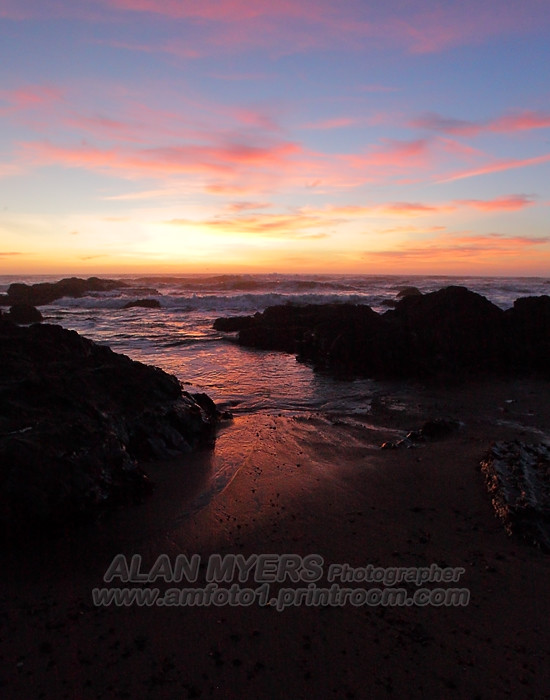
Above is almost "straight out of camera"... no flare at all. A prime lens (i.e., NOT a zoom) with a simpler optical formula, fewer elements and groups, also helps minimize flare. In fact, for this image I would not have wanted a C-Pol to effect the reflections of the sunset off the water, wet sand and rocks... IMO those are important features of the image tjhat I wouldn't want to see a filter to eliminate or reduce.
Circular Polarizer (B+W Kaesemann) on 20mm lens...
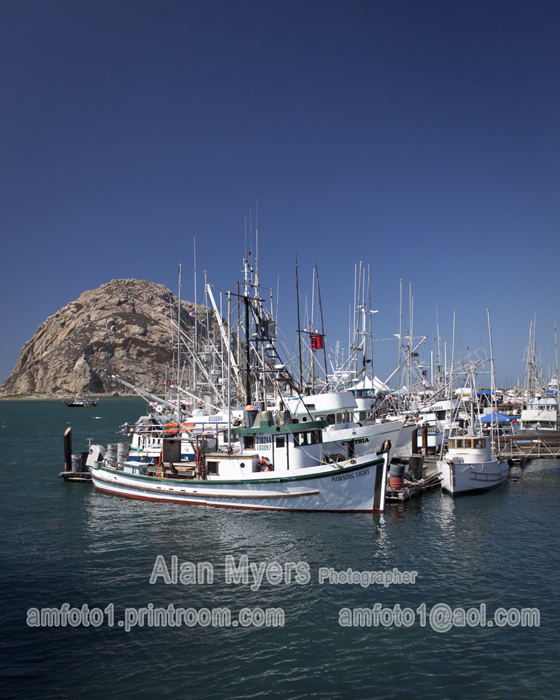
When the above shot was taking, it was near Noon and the sun was high in the sky, almost exactly 90 degree angle from the direction I was shooting. Notice how the filter's effect is pretty even across the clear blue sky. In fact, I dialed back the effect of the filter a bit because I didn't want to completely remove the reflections of the fishing boats in the water.
Circular Polarizer (B+W Kaesemann) on 20mm lens...
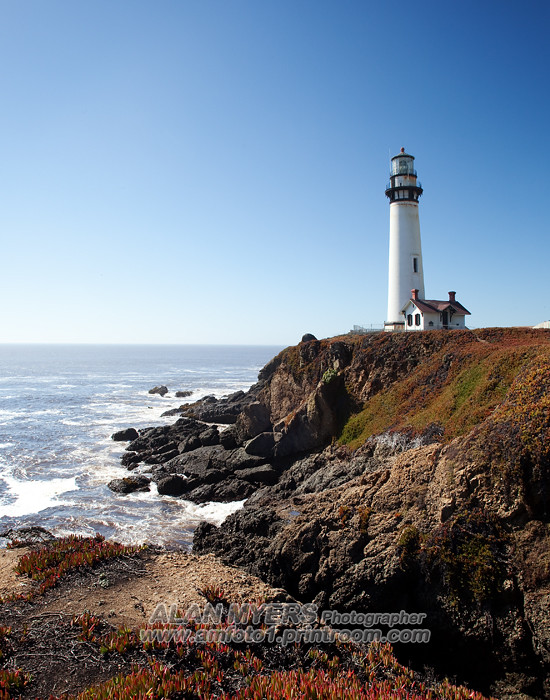
This shot illustrates how uneven the effect of a C-Pol can be. The sun is low and off to the left, so the filter's effect is minimal on the left side of the image and gradually stronger toward the right side, closer to the "ideal" 90 degrees. This isn't necessarily a bad thing (helped this image, IMO, which would have had an overall plain, cloudless, blue sky without the filter).... but it shows how little actual, beneficial effect a C-Pol will have when pointed more directly toward a sunset. It's simply not worth using one, since it will only increase flare issues.
Circular Polarizer (B+W Kaesemann) on a 12-24mm zoom...

This is a test shot done to see just how badly a C-Pol would "mess" with a sunset shot. It's underexposed (not the fault of the filter) too, but there is overall veiling flare significantly reducing contrast and color saturation, as well as some ghost flare artifacts. There also appears to be some amplification of chromatic aberration, which may be partially due to the filter, but probably using a zoom lens with a more complex optical formula didn't help either. I know it's hard to see some of these at Internet resolutions and sizes... But here are a several enlarged details:

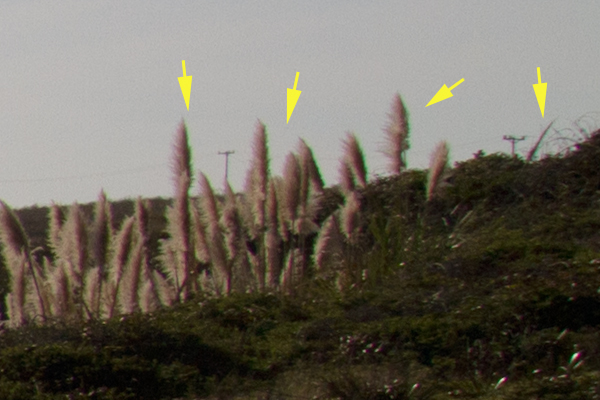
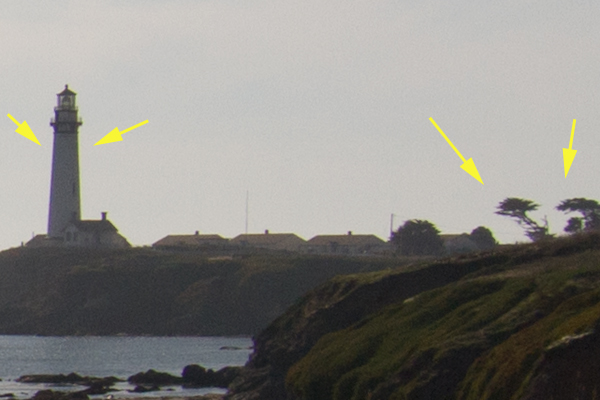
I was actually a little surprised there weren't more and larger issues with the above test shot. Even so, it took quite a bit of adjustment and retouching, but I was able to fix most of the problems in Photoshop...

Still, it's not a great image and I wouldn't print it very large. And it would have been a lot easier, much of the extra post-processing work could have been avoided by simply by NOT using a filter (which had no positive effect anyway), and by using a prime lens instead of a zoom.
Flare can be hard to avoid. Below was shot with a high quality 24-70mm zoom, without any filter...
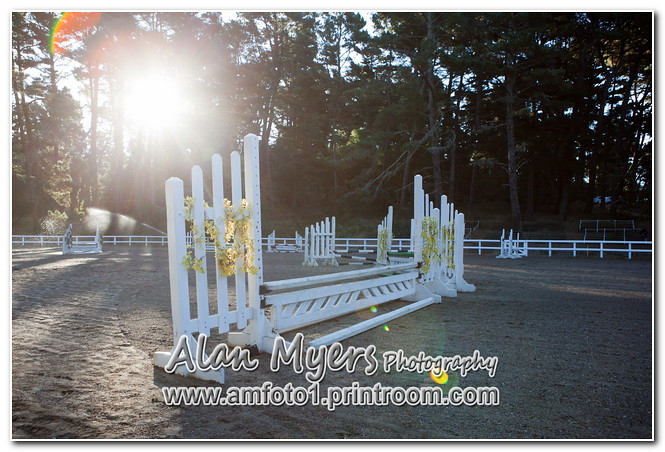
But sometimes you can reduce flare a lot just by moving slightly, zooming the lens a little and/or changing the aperture...
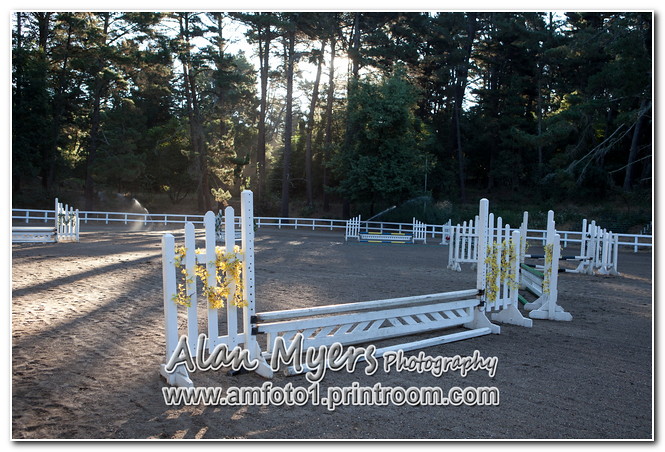
As to lens hoods.... a while back I got a 10-22mm lens. It's a highly flare resistant lens and uses a rather large diameter, shallow lens hood that's inconvenient to pack and carry around. I wondered if I might be able to use the lens without any hood. So I did some test shots (no filter in either case).... First with the hood installed:
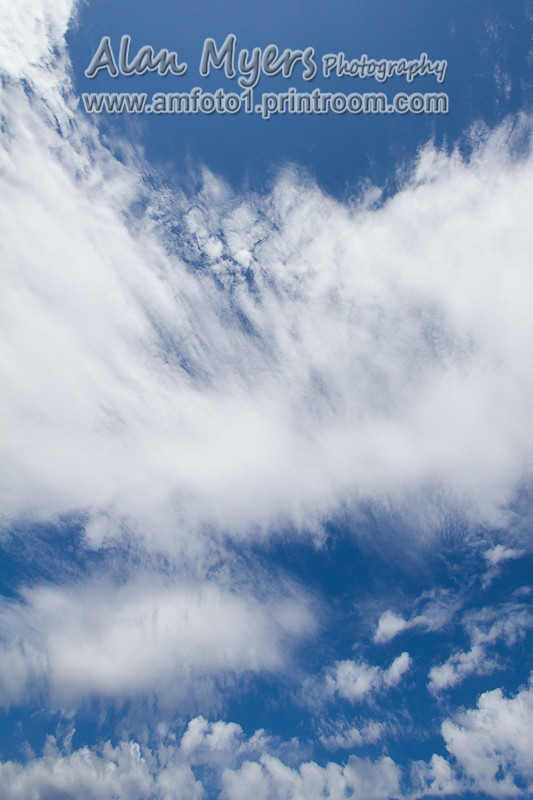
Then without the hood:

Needless to say, I carry and use the matched hood for this lens too... whether it's convenient or not!
A C-Pol is one of the most useful filters for digital photography. I use one a lot and recommend anyone considering purchasing one not skimp... spend the money for a high quality, multi-coated C-Pol (I think B+W F-Pro Kaesemann and XS-Pro Kaesemann are pretty hard to beat... top of the line features and quality, but only 2/3 to 1/2 the price of similar quality in other brands.)
But there are times when ANY filter... even a high quality one... should NOT be used. Sunsets and sunrises are definitely among those times!
Hope this helps answer your questions.
If you want to reply, then register here. Registration is free and your account is created instantly, so you can post right away.


